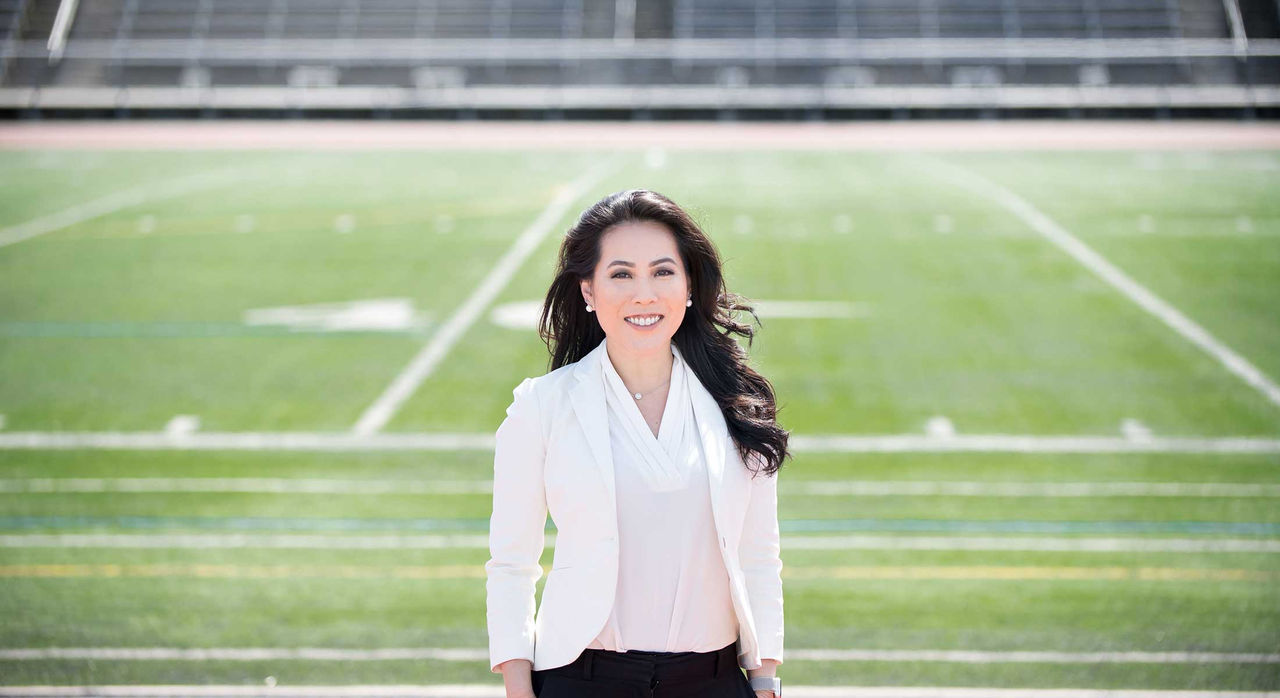-
- Find Care
-
- Visitor Information
- Find a Location
- Shuttles
- Visitor Policies
-
-
- Our Virtual Care Options
- Virtual Urgent Care
- Virtual Visits for Primary & Specialty Care
- Online Second Opinions
- Participate in Research
-
- Contact us
-
- For Innovators
- Commercialization Guide for Innovators
-
-
- Research News
- Alzheimer's Disease
- Artificial Intelligence
-
- Overview
-
- Overview
- Getting Started
- New to Mass General Brigham
- International Patient Services
- What Is Patient Gateway?
- Planning Your Visit
- Find a Doctor (opens link in new tab)
- Appointments
- Patient Resources
- Health & Wellness
- Flu, COVID-19, & RSV
- Billing & Insurance
- Financial Assistance
- Medicare and MassHealth ACOs
- Participate in Research
- Educational Resources
- Visitor Information
- Find a Location
- Shuttles
- Visitor Policies
- Find Care
-
- Overview
- Our Virtual Care Options
- Virtual Urgent Care
- Virtual Visits for Primary & Specialty Care
- Online Second Opinions
-
- Overview
- Participate in Research
-
- Overview
- About Innovation
- About
- Team
- News
- For Industry
- Venture Capital and Investments
- World Medical Innovation Forum (opens link in new tab)
- Featured Licensing Opportunities
- For Innovators
- Commercialization Guide for Innovators
- Contact us
-
- Overview
- Information for Researchers
- Compliance Office
- Research Cores
- Clinical Trials
- Advisory Services
- Featured Research
- Two Centuries of Breakthroughs
- Advances in Motion (opens link in new tab)
- Brigham on a Mission (opens link in new tab)
- Gene and Cell Therapy Institute
- Research News
- Alzheimer's Disease
- Artificial Intelligence
-
- Overview
-
- Overview
- Residency & fellowship programs
- Brigham and Women's Hospital
- Massachusetts General Hospital
- Mass Eye and Ear
- Newton-Wellesley Hospital
- Salem Hospital
- Integrated Mass General Brigham Programs
- Centers of Expertise
- Global & Community Health
- Health Policy & Management
- Healthcare Quality & Patient Safey
- Medical Education
- For trainees
- Prospective trainees
- Incoming trainees
- Current trainees
- Continuing Professional Development
Meet Miho Tanaka, MD, PhD: Sports Medicine Surgeon

Miho J. Tanaka, MD, PhD, is director of the Mass General Brigham Women’s Sports Medicine Program. An orthopaedic surgeon and researcher, she’s known for her research in kneecap disorders and gender-based differences in sports injuries. Dr. Tanaka is also a team physician for the Boston Red Sox, the Boston Ballet, and Boston Glory, and chief medical officer and head physician for the New England Revolution.
In this Q&A, Dr. Tanaka talks about caring for female athletes, and describes how her work with professional athletes helps sports medicine patients at all levels.
Q: Why is women’s sports medicine important?
Tanaka: The field of women’s sports, and consequently women’s sports medicine, is rapidly evolving.
In addition to the increasing number of women who are playing sports, we are seeing rapid changes in the types of sports that they play. Female athletes are continually breaking barriers, and with this comes the need for us to understand how to best diagnose and treat the unique injuries that can occur in this population.
Historically, many research studies have focused solely on male sports and male athletes. More studies are starting to include women, but currently there is not a lot that has been published about injuries that are specific to women, the best treatments for women, or even about the differences that exist between male and female athletes.
Part of our work in the Mass General Brigham Women’s Sports Medicine program is leading women’s sports medicine research so we that can better understand how to provide the best treatments and promote the advancement of female athletes.
It has been shown that female athletes are more likely to require multidisciplinary care. This means that in setting a fracture or an ACL tear, there may be other considerations such as nutrition, hormones, psychology, that can influence the orthopaedic treatment outcome. It's important to understand and address the factors that make up an athlete’s ability to return to sport when treating them for their injuries. Our program incorporates collaborative treatments from multiple specialties to provide comprehensive care for the female athlete.
Q: How would you describe your role as a physician for the Boston Red Sox and the Boston Ballet?
Tanaka: As one of the team physicians for the Red Sox, my role is to provide orthopaedic care during scheduled evaluations and for injuries or issues that may arise, particularly during games.
Similarly, with the Boston Ballet, I provide orthopaedic care during performances and offer surgical opinions when needed as part of the physician network for the organization.
Q: Last year you were named as head team physician for the New England Revolution, which was previously a male-dominated role. What is it like caring for this team, and how do you work with them?
Tanaka: When I first started in professional sports, 12 or more years ago, there weren’t as many women caring for professional athletes, and there were even discussions of whether women should be allowed in the locker room, and things like that. Now it’s become very normalized. The players are used to having women around as team doctors. It’s a great organization and it’s been nice working with them.
Working as a team physician is obviously different than everyday patient care. We do provide sports medicine care of these athletes, but it also involves a lot of onsite work, emergency preparedness, and frequent availability to the team. With soccer, common injuries include muscle strains and knee and foot/ankle injuries because of the types of motions and the physical contacts the players have during the sport. Additionally, as team physicians, we often need to balance considerations related to sports performance in addition to injury recovery. Working with, and taking care of, athletes who are at the best and the highest level of what they do is exciting. It comes with some pressure, but it teaches us to really be at our best all the time.
Q: How does your work with professional sports teams help other patients?
Tanaka: Working with professional athletes is a tremendous honor that comes with the responsibility of ensuring that an elite athlete can remain healthy and perform at their best. This requires a thorough understanding of the athlete’s sport, position, season, and goals.
This is an approach that I take with all of my patients; providing care that is tailored to an individual’s needs is an important part of developing a successful plan for recovery.
Q: You had a long history as an athlete. How does that inform your approach to sports medicine patient care?
Tanaka: I started out as a youth athlete—I ran track, competed in the Junior Olympics, and was competitive through the end of college. I sustained a lot of injuries during my athletic career. Through the process of being injured and returning to sport, I became interested in the biology of healing and the mechanics of the human body. I thought that was really fascinating.
Throughout my experiences of being injured, I gained perspective on the unique treatment needs that an athlete has, both physically and mentally. This has allowed me to relate to my patients who are going through training despite injury, and it is also a great motivator for me to identify and develop the best treatment plan to ensure an athlete has the greatest chance at success.
Athletes’ identities are very closely tied to their sports. Their ability to play or perform with their teammates is a big part of their lives. Understanding that need, as well as the specific demands of each athlete’s sport, is critical to providing exceptional care.
As former athletes ourselves, many of us are able to closely relate to the goals of our patients, the demands of the sport, as well as the frustrations of being injured. Additionally, we have a true commitment to excellence that is reflective of an athlete’s mentality, that we apply to our careers and the level of care we give to our patients. Many of the skills that we learned as athletes have helped us to become better surgeons and leaders within our field.
Q: What makes Mass General Brigham’s Women’s Sports Medicine Program different?
Tanaka: The Mass General Brigham Women’s Sports Medicine Program brings together the highest level of expertise across disciplines to care for female athletes.
We offer comprehensive care that focuses on sport-specific treatment, and we research and educate others on the best injury treatment and prevention for all woman athletes.
